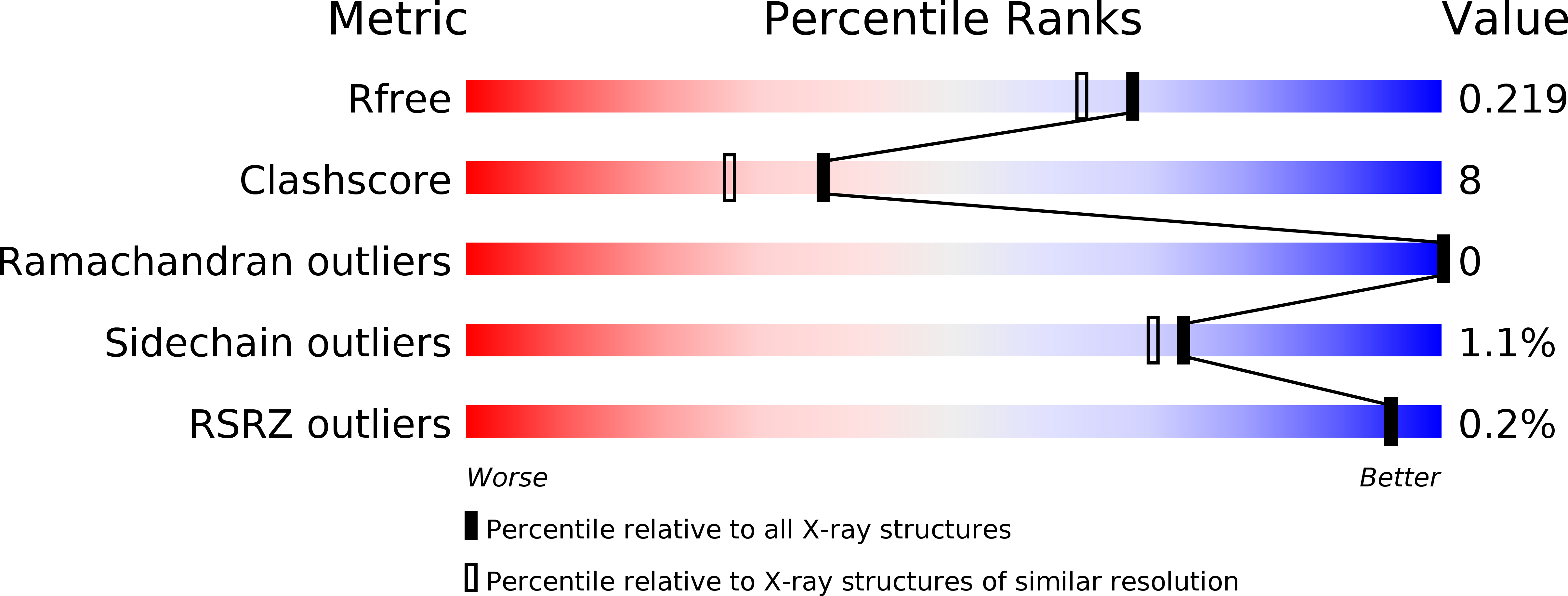
Deposition Date
2017-11-22
Release Date
2018-06-20
Last Version Date
2024-11-13
Entry Detail
PDB ID:
6BPB
Keywords:
Title:
Plasmodium vivax invasion blocking monoclonal antibody 4F7
Biological Source:
Source Organism:
Mus musculus (Taxon ID: 10090)
Method Details:
Experimental Method:
Resolution:
1.87 Å
R-Value Free:
0.21
R-Value Work:
0.20
R-Value Observed:
0.20
Space Group:
P 2 21 21


